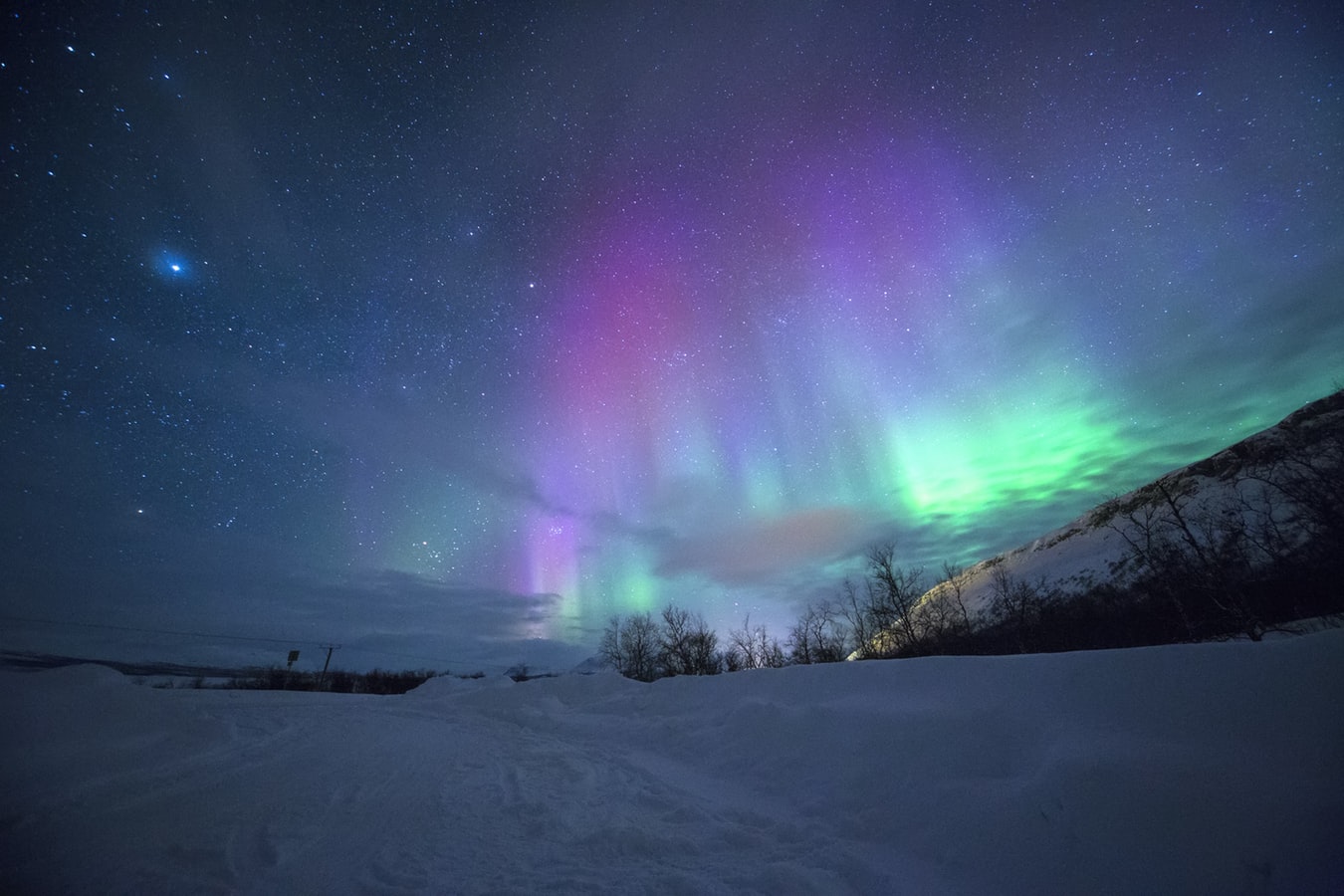Descripción/Description:
IAA-CSIC offers a four years PhD contract in the framework of the Project “Severo Ochoa”. Candidates are expected to carry out their activity in the research line of planetary system. Supervisor: M. López-Puertas (puertas@iaa.es)
The large number of exoplanets known to date (>4000) lead to their study in a systematic way, e.g., their characterization, how do they form and how they evolve. Part of its study is the characterization of their atmospheres, which is key for studying their origin and evolution. That is, one of the major fields of research in exoplanets nowadays is the connection between atmospheric compositions and formation. Important advances about atmospheric composition have been carried out recently, both from space and ground-based observations. Next major step forward is expected from JWST observations, where the moderate resolution (R~2700) at near and mid-infrared is expected to advance significantly the characterization of the atmospheres. The work proposed falls in this context. Several groups have developed retrievals codes in preparation for JWST measurements analysis. So far, no non-LTE study is being carried out, even though non-LTE is expected to be important, principally in the eclipse emission measurements, as have been shown for the Earth’s atmosphere and for some exoplanets. Ultimately, the proposed non-LTE modelling will be a module of a more general retrieval code that we at IAA plan to develop.
Main tasks will include:
1) To develop non-LTE models of hot Jupiter’s for calculating the non-LTE populations of the major species (H2O, CH4, CO, CO2) emitting in the near and mid infrared, 1-20 μm. This would require gathering references atmospheres (p-T and concentrations, to be taken from 1D and 3D simulations); stellar spectra; spectroscopic data and collisional rates. In a first phase, the references atmospheres would be included as inputs. In a second phase it is expected that the code will be coupled with a thermal-chemical, p-T, and non-equilibrium 1D model to be developed at IAA.
2) Including those non-LTE populations in forward models (e.g. KOPRA available at IAA, or PSG at GSFC) for simulating synthetic spectra under non-LTE conditions for the eclipse conditions. Simulate spectra under LTE and non-LTE conditions, compare and analyse expected non-LTE effects as would be measured by JWST (i.e., at its expected spectral resolution and sensitivity).
3) Depending on the launch of JWST and the availability of its spectra, retrieval of p-T and concentrations from the emission spectra to be taken by the JWST will be performed. If not, retrievals from simulated JWST-like spectra will be carried out.
